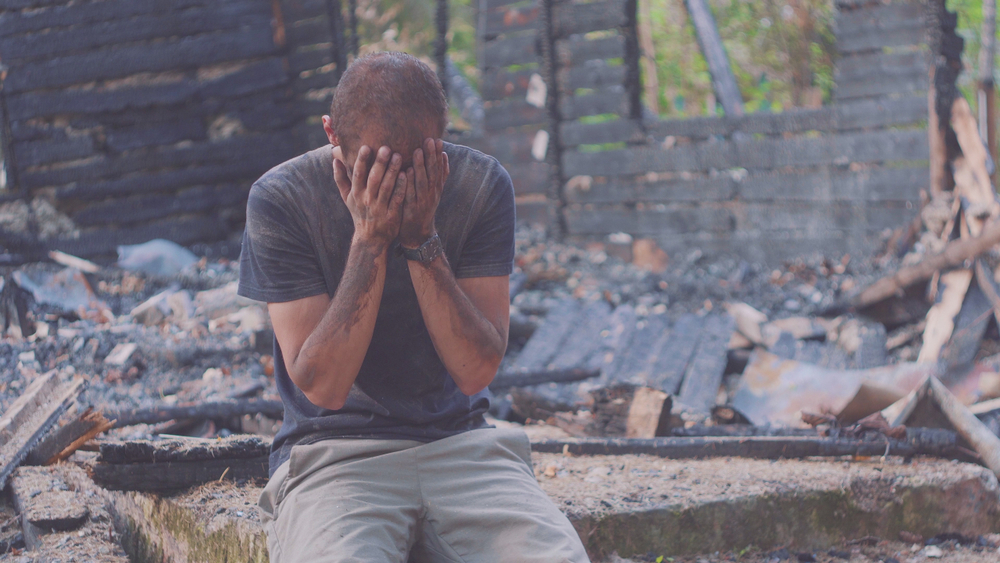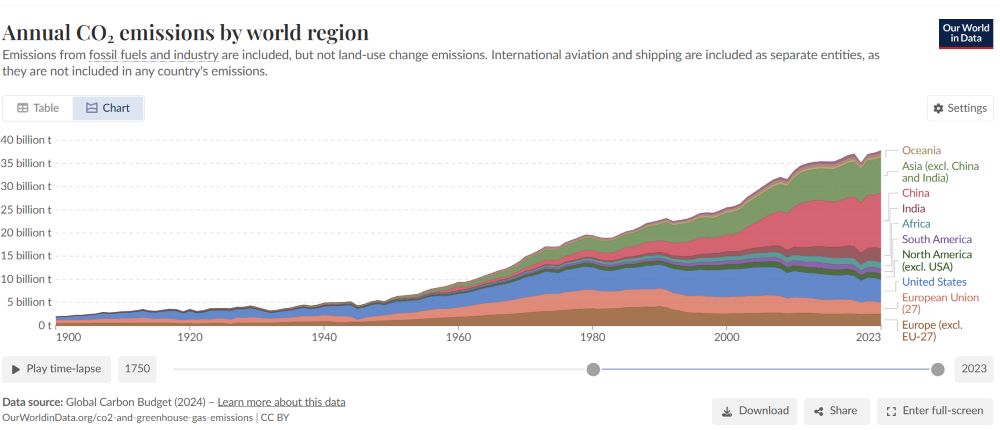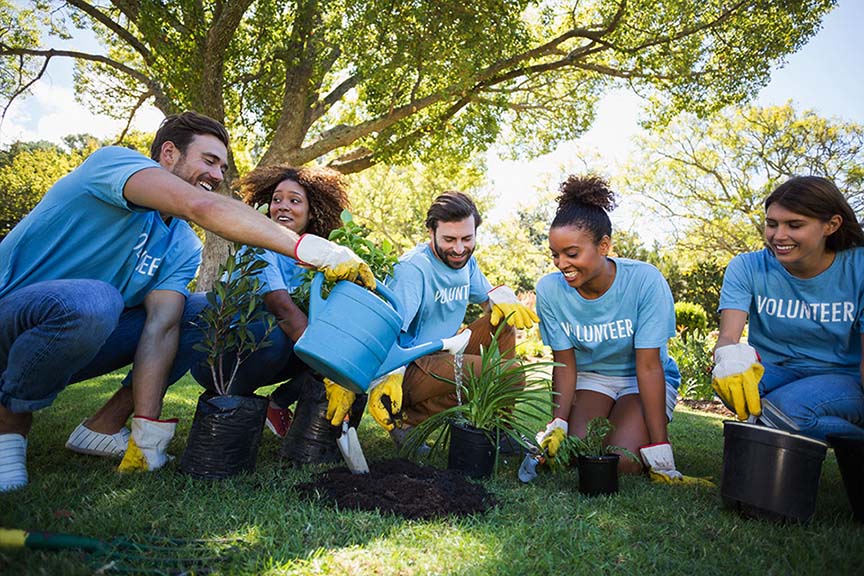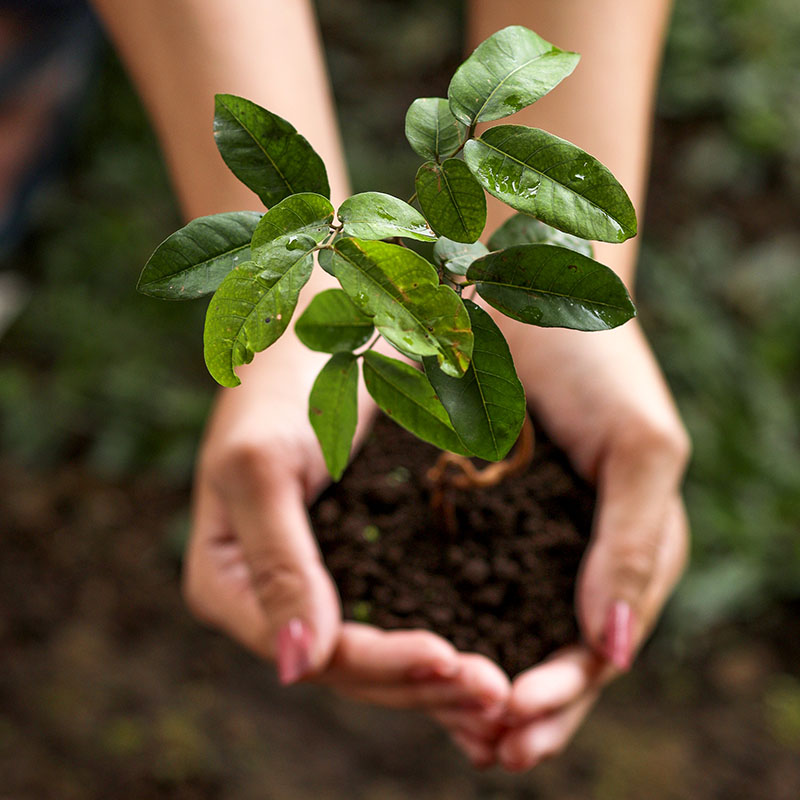Climate change is producing far more severe and frequent bad weather than what today’s adults have endured in the past. During summer 2023, we’ve seen catastrophic wildfires in Maui, Canada, Greece, and Spain; extreme heat in the Southwestern U.S. and parts of Europe and Asia; hurricanes Idalia and Franklin wreaking havoc upon the Gulf and Southeast Coast of the U.S.; and devastating floods in Hong Kong, southeastern Europe, the U.S. states of Vermont, Pennsylvania, and Massachusetts, and nearly two dozen cities in China.
As Reuters reported on September 8, “The world is not on target to curb global warming and more action is needed on all fronts, the United Nations warned on Friday.” The consequences of global warming hitting us now cannot be stopped immediately. We must find ways to prepare and adapt in the face of weather disasters.
Steps to Take Now
To protect the lives of family, friends, and co-workers and prevent the worst damage to property, it is critical to prepare as best we can long before an extreme event is upon us. This is especially important in regions where wildfires, flooding, hurricanes, tornadoes, or earthquakes are common.

- Sign up for extreme weather alerts and your city or county’s local alert system. Have your mobile device enabled to receive Wireless Emergency Alerts.
- Obtain a fire- and water-resistant container for vital records such as birth certificates, passports, driver’s license, proof of insurance, medical information, and property deeds. Have it ready to go at a moment’s notice.
- Have a bag ready with basics for overnight stays – a change of clothing, personal hygiene products, medicines, cash, food and water, and chargers for phones and other devices. If you can afford duplicates of some items, keep a “Go-bag” packed and ready. At a minimum, have a list of items you will need in an emergency.
- To prepare for power outages, get alternative chargers such as a hand-crank charger, solar charger, adapters for charging in your vehicle, and/or an external battery pack charger. In some cases, a backup generator may be wise, but before you use it, make sure you know how to prevent carbon monoxide poisoning.
- Have a backup supply of potable water and food on hand. If you’re accustomed to having tap water for drinking and washing, plan for using non-potable water for washing, watering plants, flushing toilets.
- Develop a plan for handling pets in an emergency.
- Be aware of, and educate children about, the life-threatening hazards of downed power lines.
- Do what you can to reduce risks from falling branches and uprooted trees. Develop a budget plan for tree maintenance.
- Learn about your community’s emergency plans for evacuation, sheltering, and communication during disasters.
- Identify evacuation routes from your home and workplace and develop a list of places for temporary housing, whether with family, friends, rental space, or hotels.
- Identify the safest places in your home, neighborhood, school, and/or workplace and plan with your family and household members for meeting.
- If you’re able, consider taking CPR training.
- Keep family and emergency phone numbers, including your auto insurance provider and a towing company, in your phone. Have a printed back-up in your vital documents.
- Keep an emergency tool and supply kit in your vehicle.

Next week, we’ll pass along advice for managing lives and property when the emergency is at your door. In the meantime, here are some resources for disaster planning from sources in the U.S., Canada, and the U.K.
Online Resources
Workplace Preparation for Extreme Weather
Canadian Insurance Company Advice for Extreme Weather Preparation
Phone Charging When Power is Down
Additional Resources










